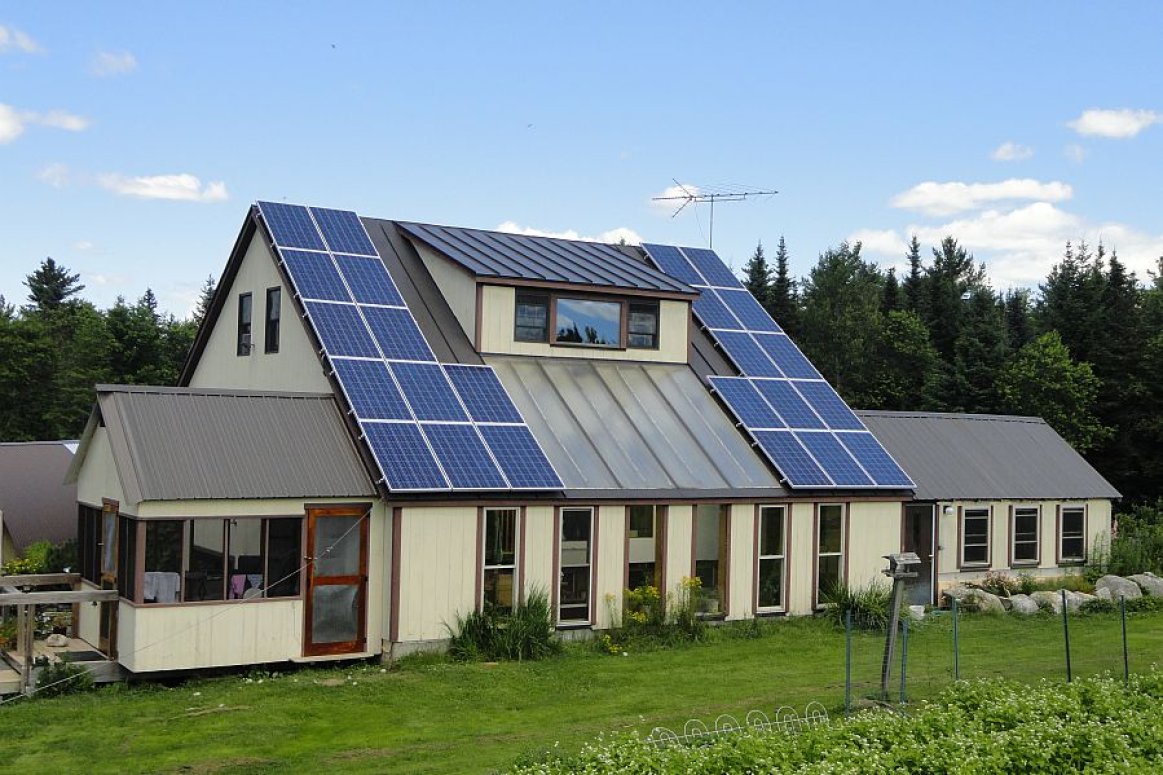

With photovoltaic (PV) technology, you have two options:
The first, and more common, is installing a grid-tied system. With this method, your home is connected to your local power lines. The excess electricity your solar panels generate during sunny periods is stored in the power grid, effectively making your local utility act as your own, personal battery system as your meter actually winds backwards. Then, on cloudy days or at night, you simply draw that energy back from the grid—without having to pay for it!
If you’re looking to achieve complete energy independence, and if you live in areas with high levels of sunlight (known as insolation—science lovers can find more data here), you can consider the second option: a stand-alone system.
With a stand alone, off-grid system, you store your excess electricity in batteries installed on-site, drawing on it as needed, allowing you to power your home completely independent of your utility.
For the majority of homeowners, a grid-tied system is the superior option. And remember, even if you’re only generating a modest percentage of your electricity from your solar panels, you will still end up saving money and contributing to a greener planet in the long run.